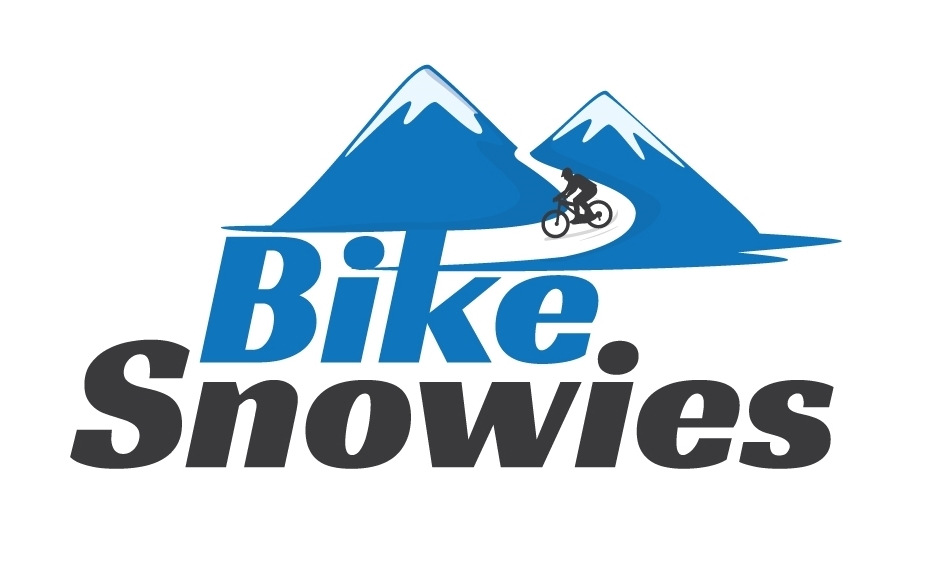Being prepared
Given the geographic location of the region, even the “local rides” and easier road options listed on this site are more remote than most visiting cyclists are used to, there are many areas you will ride through which DO NOT HAVE MOBILE PHONE coverage, this is especially true if you use a network other than Telstra.
This remoteness requires a greater level of personal organisation following these tips can increase your enjoyment and ease the level of concern for your loved ones;
· Take extra food and drink – there are few convenience stores and service stations on these routes, shove one more gel or bar in your pocket than you think you could possibly need. Remember that 80km in a bunch on reasonably flat smooth roads is a much easier outing than a hilly 80km in the Snowies by yourself or with a couple of other riders.
· Carry extra spares – spare tubes, gas canisters are obvious but consider carrying a frame pump and tube repair patches in case of several flats. Many mountain bikers will be familiar with the use of a plastic $5.00 note to line the inside of a split tyre, this can stop your tube being pinched by a split in the tyre and allow you to limp home. Remember you may not have phone coverage to call loved ones to come and collect you.
· Carrying spare clothing to deal with sudden weather changes, summer storms can come in quickly in the mountains and if you are climbing the lee side (such as up to Thredbo or Charlottes Pass) you often do not see these storms until they pop over the range and engulf you. A wind/waterproof jacket and warm gloves can make the difference in a safe descent and an epic, going up keeps you warm but as soon as you start to descend the cold quickly creeps into your core, fingers and toes.
· In deference to the remoteness of many locations ride within your limits and be conservative in both the distances you are trying to achieve and the technical nature of the rides. Take care on descents especially those you are unfamiliar with; remember that given the extremes in temperature during winter, road surfaces can change over the course of a year. Turn around before you are exhausted as the rolling nature of the terrain means there are many hills between you and the coffee shop. You don’t want to bonk at Tom Groggin and have to walk back up the hill. If you do have to walk, take your shoes off - the following story explains why. During the first couple of 3 Peaks rides in Victoria – people, without a low enough gear, resorted to walking up the climb to Strawberry Hill (on the way back into Falls Creeks). When road flattened out enough to ride they were unable to as they had worn their plastic cleats out.
· Ride in a group large enough to allow some people to go for help if required. If you ride by yourself or in a small group, let someone responsible who is remaining behind know where you are going, when you expect to be back and when to get in a car and come looking for you. Allow plenty of time for this person to find you before dark and even have a plan for them to come and check on you in case of poor weather. You may also implement a plan such as texting them from the top of certain hills or passes, where phone coverage is more likely, to report on your progress and reduce the time you sit on the side of the road.
